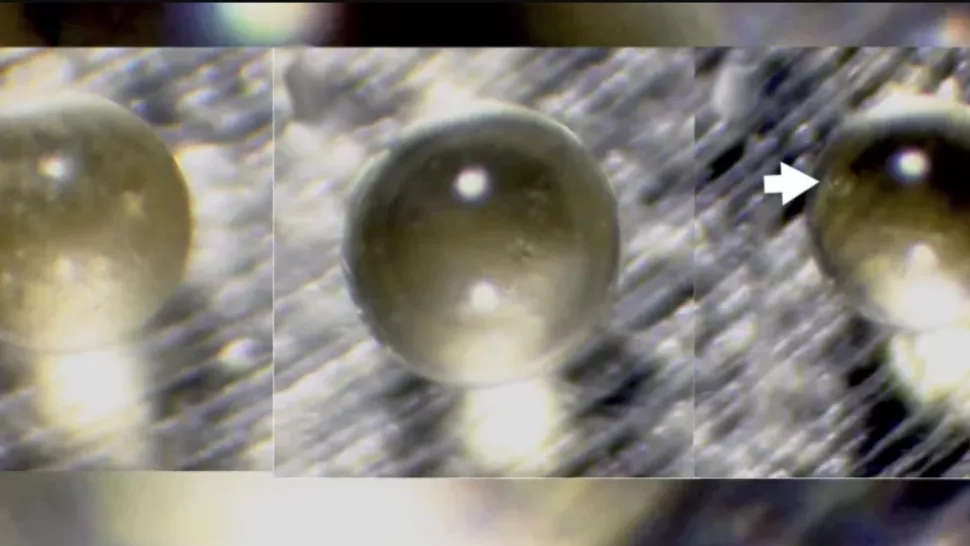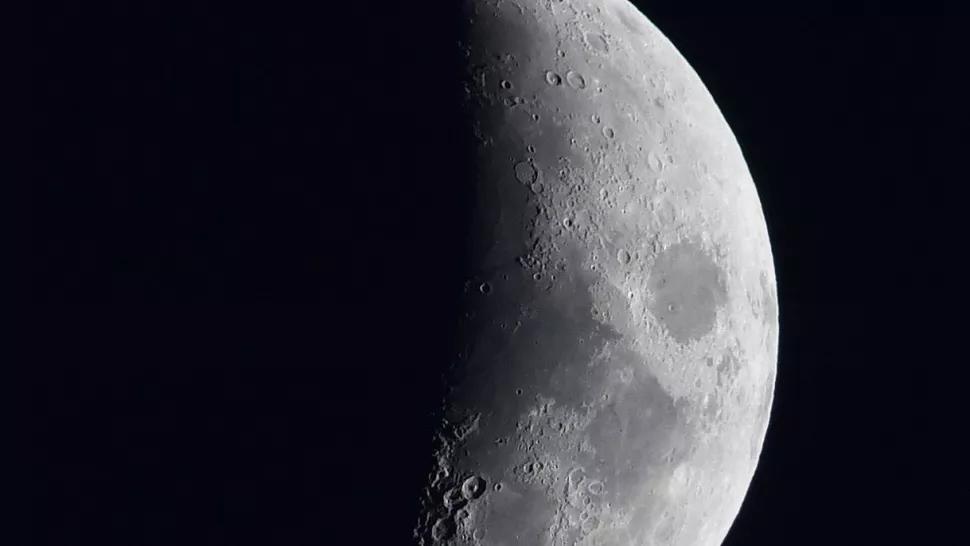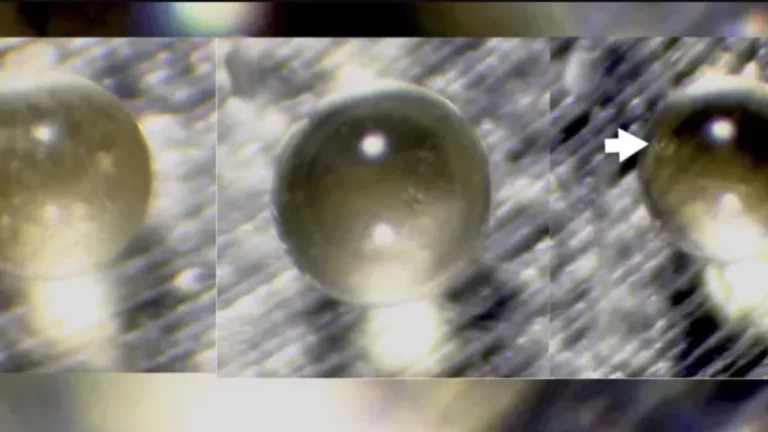A Chinese probe has revealed the existence of a covert water source on the moon, which was trapped within glass beads.
The discovery may help solve the mystery of the moon’s water cycle.
Over the course of billions of years, the moon has been scattered with tiny glass beads that result from soil being ejected during asteroid impacts, which then cools and falls back onto the lunar surface. However, an examination of lunar samples retrieved by China’s Chang’e-5 probe has disclosed that these beads harbor a significant quantity of water.

The fact that water is present on the moon is not a recent discovery, as NASA’s lunar orbiters initially uncovered indications of this life-sustaining substance within the moon’s permanently shaded polar craters during the 1990s. In the 2000s, a reevaluation of samples gathered during the manned Apollo missions from the late 1960s and early 1970s exposed hydrogen in the lunar soil. Moreover, in 2020, the retired infrared telescope SOFIA confirmed that water exists on the moon, even beyond the dark craters. Nevertheless, the origin and behavior of this lunar water remain somewhat unclear, but the glass beads discovered in the 61.1 ounces (1,731 grams) of lunar regolith brought back to Earth by Chang’e-5 in December 2020 may fill the gap in this mystery.

According to scientists, the moon was probably dry billions of years ago, but the constant bombardment of charged particles from the sun, known as the solar wind, caused the formation of water in the surface layers over time. This process is still ongoing, as hydrogen atoms in the solar wind react with oxygen molecules in the lunar soil to create water molecules. This is the main input into the moon’s water cycle.
When the top layers of the moon’s surface are warmed by sunlight, some of this water evaporates. However, during the lunar night, the surface is rehydrated. Although this process occurs too rapidly for it to be attributed to the solar wind.
According to the new study, the glass beads discovered by the Chinese probe may act as a hidden reservoir, releasing water into the parched surface soil during the cool and dark lunar night. The study found that the beads contain a much greater amount of water than previously believed and that a significant amount of liquid accumulates within them in just a few years, which can be rapidly released.
The researchers estimate that the top 40 feet (12 meters) of the lunar surface may trap up to 600 trillion pounds (270 trillion kilograms) of water. The water in the beads has a chemical composition consistent with the type produced by the interaction with solar wind, as it contains isotopes of hydrogen found in the sun.
According to a statement by Hu Sen, a scientist at the Institute of Geology and Geophysics of the Chinese Academy of Sciences and co-author of the paper, the recent findings suggest that the impact glasses on the moon’s surface and other airless objects in the solar system can retain solar wind-derived water and release it into space. The researchers believe that these glass beads could be a valuable source of water for future human missions to the moon and for producing rocket fuel for journeys to other parts of the solar system.
The study was published in the journal Nature Geoscience on March 27.
Do not forget to share your opinion with us to provide you with the best posts !




0 Comments